When we think of early automobiles, gasoline engines often come to mind. But long before Henry Ford’s Model T hit the roads, steam power ruled the early automotive world. The first steam-powered vehicles emerged in the late 1700s, with Nicolas Joseph Cugnot’s steam wagon appearing in 1769, marking the beginning of motorized transportation. Steam cars were once serious contenders in the automotive industry, with companies like Stanley producing vehicles that reached speeds over 120 mph in the early 1900s.

The history of these remarkable machines spans over a century, from Josef Bozek’s personal steam car in 1815 to the sophisticated Stanley Steamers of the early 20th century. Despite their early advantages, including smooth operation and impressive torque, steam cars gradually lost the battle against internal combustion engines. The longer start-up time, water requirements, and the increasing efficiency of gasoline engines eventually led to the steam car’s decline.
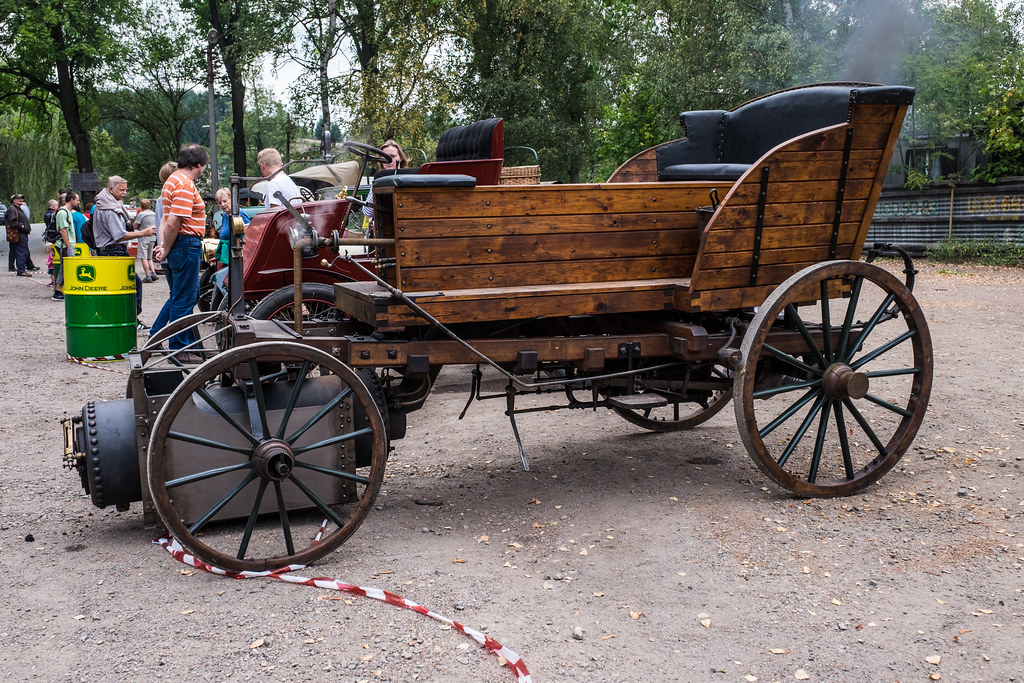
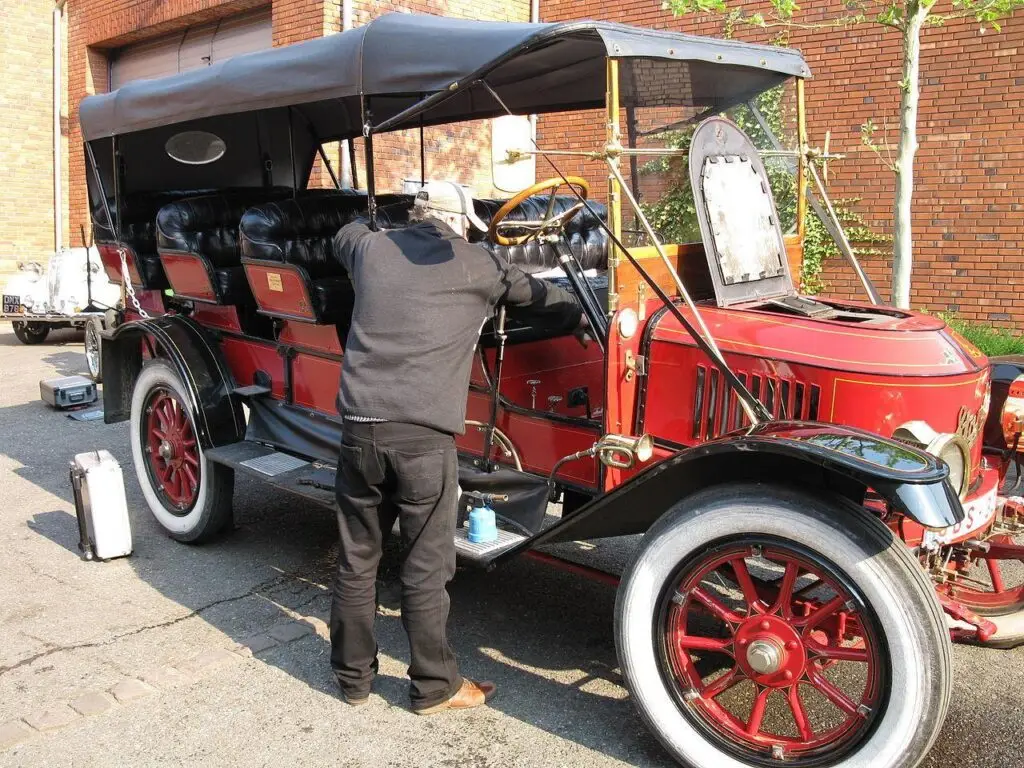
Key Takeaways
- Steam-powered vehicles dominated early automotive development for over a century before gasoline engines became mainstream.
- Steam cars achieved impressive performance, including speed records that challenged the capabilities of early internal combustion engines.
- The practical limitations of steam technology, including slow start-up times and complex water systems, ultimately led to their replacement by gasoline-powered vehicles.
Pre-Industrial Origins

The early history of steam power includes several pioneering concepts that laid the groundwork for later steam-powered vehicles. These developments occurred long before the industrial revolution transformed transportation.
Invention of Steam Power
The concept of harnessing steam’s power dates back to ancient times. However, practical steam power emerged in the late 17th century. Thomas Savery patented the first crude steam pump in 1698, designed to remove water from mines.
Thomas Newcomen significantly improved upon this design in 1712 with his atmospheric engine. This invention used a piston and cylinder arrangement that proved far more efficient than Savery’s model.
James Watt’s revolutionary improvements came in the 1760s. His separate condenser vastly increased efficiency and made steam power commercially viable. Watt’s patents and partnerships with manufacturer Matthew Boulton helped spread steam technology throughout Britain and beyond.
These early stationary engines were massive and inefficient by modern standards. Yet they provided the crucial foundation for later mobile applications of steam power.
Leonardo da Vinci’s Theoretical Designs
Leonardo da Vinci, the Renaissance genius, conceptualized self-propelled vehicles centuries before practical steam power. Around 1478, he sketched a self-propelled cart powered by coiled springs and gears.
While not steam-powered, this design demonstrated the early theoretical understanding of mechanized transport. Da Vinci’s cart featured:
- Steering mechanisms
- Programmable control systems
- Self-braking capabilities
Historians have successfully built working replicas based on da Vinci’s sketches, proving the soundness of his engineering principles. The cart could travel approximately 40 meters before requiring rewinding.
Da Vinci never built his vehicle during his lifetime. His designs remained largely unknown until scholars rediscovered his notebooks in later centuries. Nevertheless, his visionary thinking showed remarkable foresight into the potential for mechanical transportation.
Ferdinand Verbiest’s Steam Vehicle Concept
The first documented design specifically for a steam-powered vehicle came from Ferdinand Verbiest, a Flemish Jesuit missionary in China. In 1672, Verbiest created a small-scale steam-powered vehicle for the Chinese Emperor Kangxi.
Verbiest’s invention was essentially a toy—about 65 centimeters long and not designed to carry passengers. It operated using a simple steam turbine that powered the wheels.
The vehicle could reportedly run for about an hour before requiring more water for steam generation. While primarily a curiosity rather than practical transportation, Verbiest’s creation marks a significant milestone.
This miniature vehicle predated European steam transportation developments by nearly a century. Verbiest’s design demonstrated the basic principle that would later be applied to full-sized vehicles: converting steam power into rotary motion to drive wheels.
The Dawn of Steam-Powered Transportation

The early 1800s marked a revolutionary period when inventors first harnessed steam power for road transportation. These pioneering efforts would lay the groundwork for the automobile age that followed decades later.
Richard Trevithick’s Innovations
Richard Trevithick, a British mining engineer, created the first working steam-powered vehicle in 1801. His “Puffing Devil” was designed to carry passengers on actual roads, not rails.
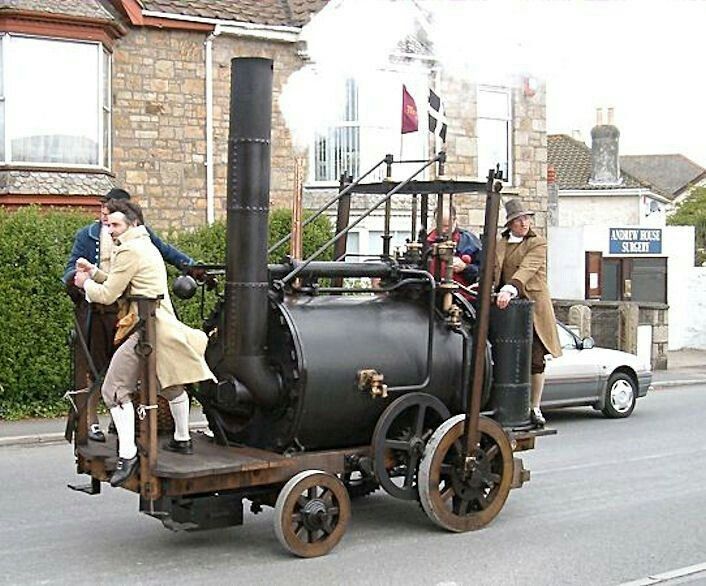
The vehicle could climb hills in Cornwall, England – something that impressed onlookers who were accustomed to horse-drawn transportation. Trevithick’s design used high-pressure steam, which was a significant advancement over earlier low-pressure engines.
Unfortunately, his invention suffered from practical problems. The Puffing Devil could only maintain steam pressure for short periods. It also had difficulty navigating the poor road conditions of the time.
Despite these setbacks, Trevithick’s work proved that steam power could propel vehicles without fixed tracks. His innovations directly influenced later steam carriage developers throughout Britain and beyond.
Oliver Evans and American Steam Carriages
In America, Oliver Evans became the pioneer of steam-powered road vehicles. In 1805, Evans built the “Oruktor Amphibolos,” a remarkable machine that could travel on both land and water.
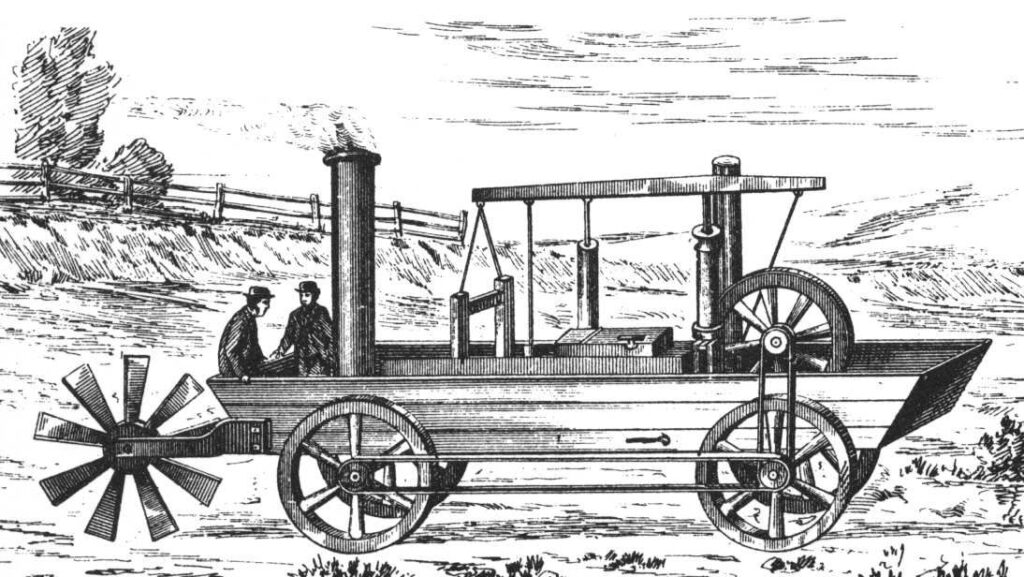
Evans’ creation was primarily designed as a dredging machine for the Philadelphia Board of Health. It moved through Philadelphia streets under its own power before being launched into the Schuylkill River, making it America’s first automobile.
Unlike many European steam carriages, Evans’ design emphasized practicality and utility rather than passenger transport. His work demonstrated the potential for steam power in commercial applications.
Evans published detailed ideas for steam wagons as early as 1786. He predicted that steam carriages would eventually become the dominant form of transportation – a visionary concept that was initially met with skepticism.
His contributions helped establish America’s early presence in automotive development, even though widespread adoption of steam vehicles wouldn’t occur until decades later.
Technological Advancements in the 19th Century

The 19th century marked a pivotal era for steam-powered vehicles, with significant engineering breakthroughs that made them increasingly practical for road travel. Engineers tackled key challenges including weight reduction, improved boiler efficiency, and controls that made these vehicles easier to operate.
Steam Power During the Civil War
During the American Civil War (1861-1865), steam power technology underwent crucial developments that later benefited road vehicles. Military needs pushed engineers to create more reliable and efficient steam engines.
The war demanded portable steam power for various applications, leading to innovations in lightweight boiler design. These advancements helped reduce the previously massive weight of steam engines.
Engineers also improved pressure regulation systems during this period, making steam engines safer and more practical for civilian use after the war.
The high-pressure steam technology pioneered by Richard Trevithick was refined during these years, allowing for more compact engine designs.
The Heyday of Steam Automobiles
By the 1850s, commercial production of steam vehicles became viable, leading to their increased presence on roads. Manufacturers competed to increase maximum speed and improve reliability.
Key innovations included:
- Water tube boilers that heated faster
- Improved condensers for water recycling
- More responsive control systems
- Smaller, more efficient burners
Steam cars of this era could achieve impressive speeds. Some models reached up to 20 mph on good roads, though their average cruising speed was typically lower for safety and mechanical reasons.
The 1870s and 1880s saw further refinements in steam automobile technology, making them increasingly practical for everyday use. These vehicles required less skill to operate than earlier models, though starting times remained lengthy compared to later technologies.
Key Manufacturers of Steam Vehicles

The early automotive industry featured several pioneering companies that produced steam-powered vehicles, competing vigorously before gasoline engines eventually dominated the market. These manufacturers created innovative designs that helped shape transportation history.
Ransom E. Olds and the Curved Dash Oldsmobile
Ransom E. Olds began experimenting with steam-powered vehicles in the 1890s before founding the Olds Motor Works. His early prototypes included several steam-powered models that demonstrated promising performance for the era.
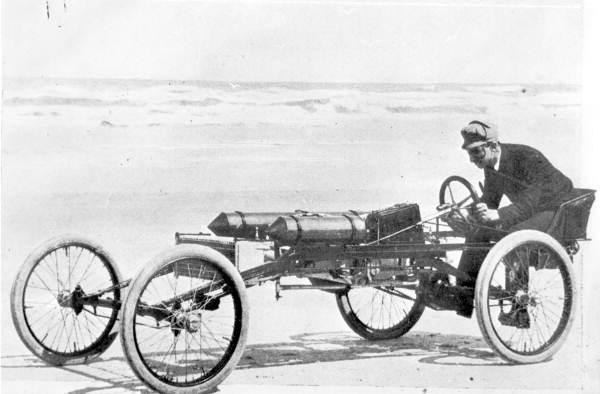
However, Olds ultimately pivoted away from steam power. By 1901, he had developed the Curved Dash Oldsmobile, which used a gasoline engine rather than steam. This decision proved commercially astute, as the Curved Dash became America’s first mass-produced automobile.

The transition from steam to gasoline power by influential manufacturers like Olds significantly impacted the direction of the automotive industry. His manufacturing innovations, particularly the assembly line process (later perfected by Ford), helped make automobiles more affordable for average Americans.
The Success of Stanley Steamer
The Stanley Motor Carriage Company, founded in 1902 by twins Francis and Freelan Stanley, produced the most successful steam cars in history. Their first steam car was built in 1897, when the ideal automobile power source was still undetermined.
Stanley Steamers gained fame for their reliability and performance. In 1906, a Stanley Rocket set a world land speed record of 127.6 mph, demonstrating the potential of steam technology. The company’s vehicles were known for their distinctive teardrop-shaped boilers and quiet operation.
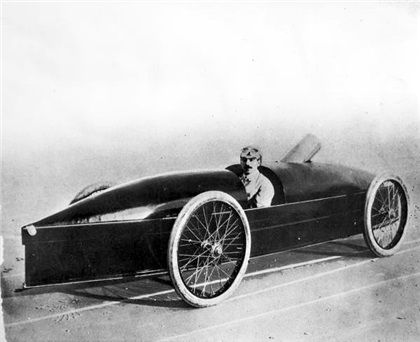
At their peak, Stanley produced more than 1,000 cars annually. Their vehicles were especially popular among doctors and other professionals who valued their dependable cold-weather starting capability compared to early gasoline engines.
The Stanley brothers’ innovative approach to manufacturing and marketing helped steam cars compete effectively against gasoline vehicles for nearly two decades.
Other Notable Manufacturers and Models
The early automotive landscape included numerous steam car manufacturers during the industry’s formative years. Between 1860 and 1930, steam-powered vehicles reached their peak popularity around 1900, with numerous companies entering the market.
White Motor Company produced luxury steam cars from 1900 until 1910 before transitioning to gasoline engines. Their vehicles were known for their advanced engineering and were favored by affluent buyers, including President William Howard Taft.
Doble Steam Motors, founded by Abner Doble, created technologically advanced steam cars in the 1920s. Their models featured quick-start boilers that eliminated the long warm-up times that plagued earlier steam vehicles.
In 1902, over half of the 909 newly registered cars were steam-powered, showing the technology’s early dominance. This market share would decline rapidly as gasoline engines became more reliable and convenient.
Transition to Gasoline Engines

While steam cars initially dominated the early automotive landscape, gasoline-powered vehicles eventually overtook them due to significant advances in internal combustion technology. The shift wasn’t immediate but occurred gradually as inventors solved key problems with gasoline engines.
Karl Benz and the Birth of the Gasoline Vehicle
Karl Benz made history on January 29, 1886, when he patented the Benz Patent-Motorwagen, widely considered the world’s first practical automobile powered by an internal combustion engine. This three-wheeled vehicle featured a single-cylinder four-stroke engine that produced about 0.75 horsepower.

Benz’s innovation solved several crucial problems that had plagued earlier gas engine designs. His engine used electrical ignition and water cooling systems that made operation more reliable than previous attempts.
The Motorwagen wasn’t an immediate commercial success, but it demonstrated that gasoline engines could effectively power vehicles. Benz continued improving his design, and by 1893, he had sold approximately 25 vehicles.
Gottlieb Daimler’s Improvements
While Benz worked on his three-wheeled vehicle, Gottlieb Daimler independently developed his own gasoline-powered innovations. In 1885, Daimler created a high-speed internal combustion engine that ran on gasoline, which he installed on a wooden bicycle, creating the first motorcycle.
By 1886, Daimler had adapted his engine to a four-wheeled carriage, making one of the first four-wheeled automobiles. His engine design was revolutionary because it operated at much higher speeds than earlier gas engines.
Daimler’s work with Wilhelm Maybach led to the development of the “Phoenix” engine in 1890, which featured:
- Four cylinders arranged vertically
- A spray carburetor
- Higher efficiency than previous designs
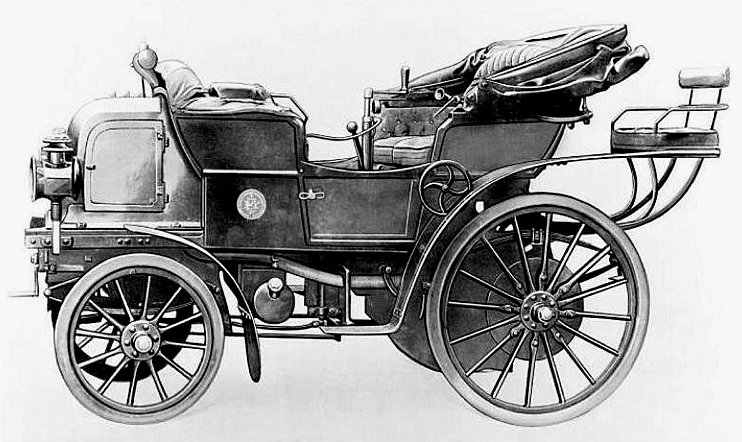
These improvements made gasoline engines increasingly practical for everyday transportation compared to steam engines that required lengthy warm-up times.
The Mass Production Revolution by Henry Ford
Henry Ford didn’t invent the gasoline automobile, but he revolutionized how they were manufactured and marketed. In 1896, Ford built his first vehicle, the Quadricycle, featuring a four-horsepower engine and a simple frame.
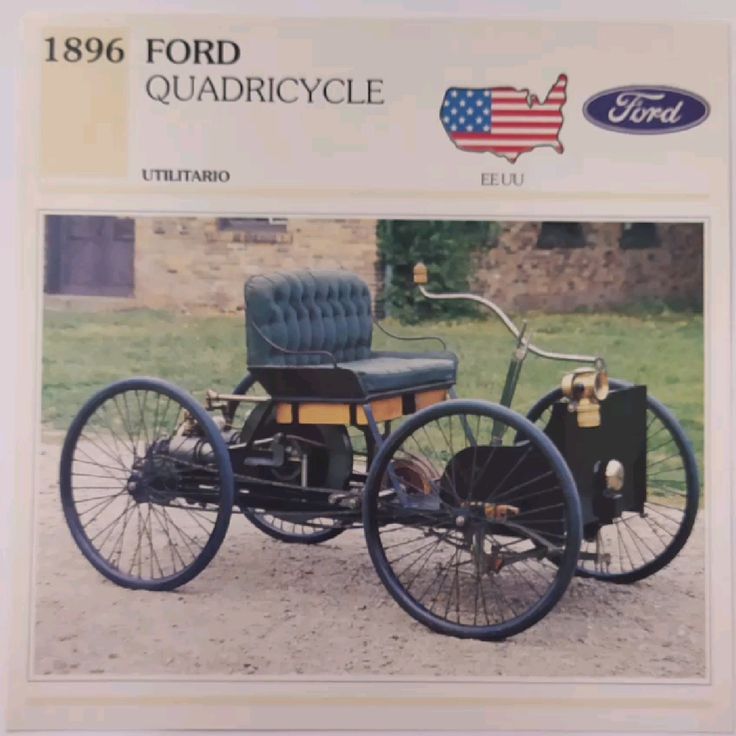
Ford’s true genius emerged with the Model T in 1908 and his implementation of assembly line production in 1913. This approach dramatically reduced manufacturing costs, making gasoline cars affordable for average Americans for the first time.
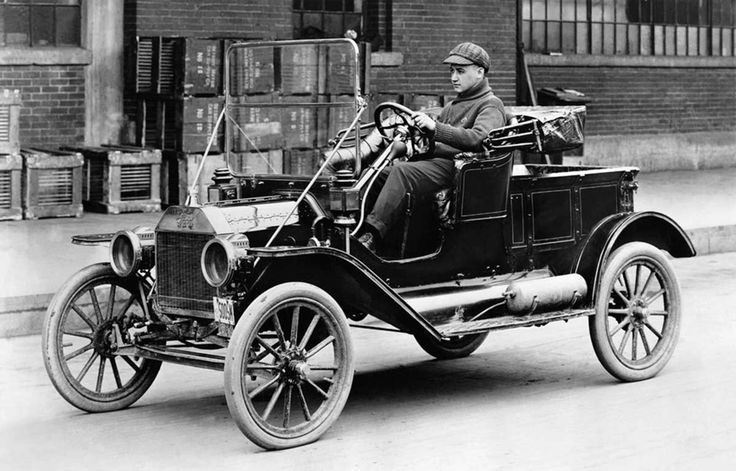
Before Ford’s assembly line, cars were luxury items built by skilled craftsmen. The Model T changed everything:
- Price dropped from $850 in 1908 to under $300 by 1925
- Production increased from 10,000 units in 1908 to over 2 million annually by 1923
- Repair parts became standardized and widely available
This mass production approach gave gasoline-powered vehicles a decisive advantage over steam and electric alternatives, which remained more expensive and couldn’t match the rapidly expanding infrastructure for gasoline fueling.
Legacy and Modern Reflections

Steam-powered cars, once at the forefront of automotive innovation, have left lasting impressions on transportation technology while offering valuable perspectives on efficiency, environmental impact, and engineering approaches.
Steam Power in Retrospect
Steam cars represented remarkable engineering achievements for their era. They provided several advantages over early gasoline vehicles, including smoother operation and greater torque at low speeds. The Stanley Steamer, one of the most successful steam cars, set speed records exceeding 120 mph in the early 1900s.
Despite these achievements, steam power ultimately faced insurmountable challenges. The lengthy warm-up time (sometimes 20-30 minutes) made them impractical for daily use. Water requirements and freezing concerns in cold weather created additional complications.
The thermal efficiency of steam engines also proved lower than internal combustion engines. This inefficiency, combined with the bulky boiler systems, led to their commercial decline by the 1930s.
Comparative Analysis with Internal Combustion
The internal combustion engine (ICE) ultimately dominated automotive design for key practical reasons:
| Feature | Steam Engine | Internal Combustion Engine |
|---|---|---|
| Start-up time | 10-30 minutes | Immediate |
| Range | Limited by water supply | Extended by fuel efficiency |
| Maintenance | Complex boiler systems | Simpler mechanical design |
| Cold weather operation | Freezing concerns | More reliable |
Internal combustion engines also benefited from massive investment in refinement and infrastructure. Gas stations proliferated while water filling stations disappeared.
The ICE’s higher energy density and efficiency made it more economical despite steam’s smoother power delivery and lower emissions for its time.
The Persistence of Steam in Niche Areas
Steam power never completely disappeared from the transportation landscape. Enthusiast communities maintain and restore vintage steam cars, preserving this important chapter in automotive history.
Some modern inventors continue experimenting with advanced steam concepts. These designs incorporate lightweight materials, computerized control systems, and flash boilers that eliminate traditional warm-up times.
Steam technology lives on in industrial applications where its thermal properties remain valuable. Modern research occasionally revisits steam power as engineers search for alternatives to fossil fuels.
Even technology companies like Google have expressed interest in alternative propulsion systems, showing that the principles pioneered by steam cars continue to inspire innovation in sustainable transportation.
Frequently Asked Questions

Steam-powered cars occupied a significant place in automotive history with their innovative designs and surprising capabilities. These vehicles faced unique technical challenges but also offered advantages over early gasoline and electric competitors.
Who invented the first steam-powered car?
Nicolas Joseph Cugnot created the first self-propelled steam vehicle in 1769. This French military engineer developed his steam wagon primarily to move artillery pieces for the French army.

The Cugnot steam carriage represented a remarkable achievement despite its primitive design. It could reach speeds of about 2.5 mph and needed to stop every 15 minutes to rebuild steam pressure.
How did steam-powered vehicles evolve over time?
The earliest steam vehicles were enormous and inefficient, but significant miniaturization occurred throughout the 19th century. Engineers refined boiler designs, improved fuel efficiency, and created more reliable control systems.
By the early 1900s, steam cars reached their technological peak with the Stanley Steamer. These vehicles featured quick-start boilers, improved water recovery systems, and streamlined designs.
The Stanley Motor Carriage Company produced some of the most successful steam automobiles, with their vehicles setting speed records and enjoying commercial success. In 1902, over half of all newly registered vehicles were steam-powered.
What challenges led to the decline of steam-powered automobiles?
Starting a steam car required significant warm-up time, often 20-45 minutes before driving. This inconvenience became increasingly problematic as gasoline cars offered nearly instant startup.
Water requirements created logistical challenges for longer trips. Steam cars needed frequent refilling, and finding water sources could be difficult in rural areas.
The enormous heat requirements of steam engines made them inherently less efficient than internal combustion engines. This fundamental thermodynamic disadvantage proved difficult to overcome.
Mass production techniques pioneered by Ford dramatically reduced gasoline car prices while steam car manufacturing remained more labor-intensive and expensive.
Can you find modern examples of steam-powered cars?
Few modern steam car projects exist beyond specialized hobbyist efforts. The British Steam Car Challenge set a steam-powered land speed record of 139.8 mph in 2009, showing continued interest in the technology.
Several universities have developed experimental steam vehicles as educational projects. These modern designs incorporate computer controls, lightweight materials, and safety features not available to earlier steam pioneers.
The Cyclone Power Technologies company developed a modern steam engine in the early 2000s that addressed many traditional limitations. Their design promised quicker startup times and improved efficiency.
How did the performance of steam cars compare to early gasoline-powered vehicles?
Early steam cars held significant performance advantages over gasoline competitors. The 1906 Stanley Rocket set a world record of 127 mph, a speed unmatched by gasoline cars of that era.
Steam engines delivered smooth, quiet operation compared to the noisy, vibrating gasoline engines of the time. Their high torque at low speeds eliminated the need for complex transmissions.
Steam cars produced minimal exhaust smell and smoke when properly tuned. This made them more pleasant to operate in congested areas compared to early gasoline vehicles with their crude carburetion systems.
Are there any surviving examples of steam cars still operational today?
Several museums maintain operational steam cars for demonstration purposes. The Revs Institute in Naples, Florida preserves working examples of Stanley Steamers that occasionally participate in classic car events.
Private collectors maintain an estimated 200-300 operational steam cars worldwide. These vehicles require specialized knowledge and parts fabrication to keep running.
The annual London to Brighton Veteran Car Run regularly features several steam-powered vehicles built before 1905. This event showcases the remarkable durability of these machines when properly maintained.



